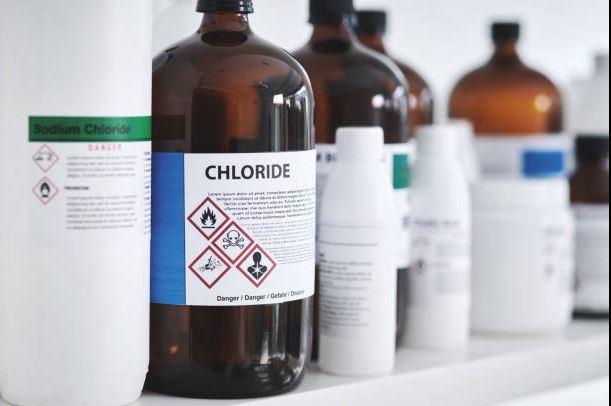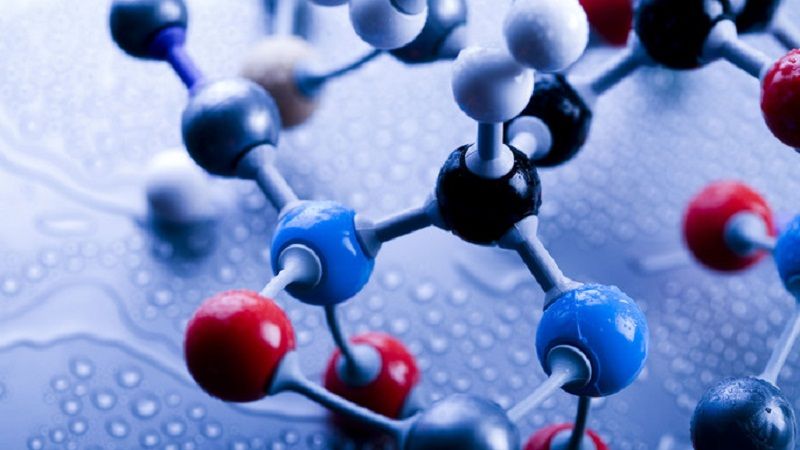Hydrocarbons are organic compounds consisting solely of hydrogen and carbon atoms. They are fundamental in chemistry and play an integral role in various industries. These compounds are the primary constituents of fossil fuels like oil and natural gas, which are essential for energy production. They are also pivotal in the creation of synthetic materials and chemicals, impacting everyday life from transportation to medicine. Understanding hydrocarbons involves knowing their types and applications, which highlights their significance in both natural and industrial contexts.

Hydrocarbons: Uses and Types
Types of Hydrocarbons
Hydrocarbons can be broadly put into a category into four types depending on their molecular structures and bonding:
- Alkanes: Alkanes, or paraffins, are saturated hydrocarbons characterized by single bonds between carbon atoms. Their general formula is CₙH₂ₙ₊₂, where “n” represents the number of carbon atoms. Methane (CH₄), ethane (C₂H₆), and propane (C₃H₈) are common examples. Alkanes are primarily used as fuels due to their combustion properties. Methane, for instance, is a major component of natural gas and is widely used for heating and electricity generation.
- Alkenes: These are unsaturated hydrocarbons containing at least one double bond between carbon atoms. The general formula is CₙH₂ₙ. Examples include ethylene (C₂H₄) and propylene (C₃H₆). Alkenes are crucial in the chemical industry because they serve as building blocks for the production of polymers and other chemicals. For example, ethylene is used to produce polyethylene, a common plastic material.
- Alkynes: Alkynes are unsaturated hydrocarbons with at least one triple bond between carbon atoms. Their general formula is CₙH₂ₙ₋₂. Acetylene (C₂H₂) is a well-known example of an alkyne. Alkynes are used in various industrial applications, including welding and as precursors in chemical synthesis. Their reactivity and triple bond structure make them valuable in producing other compounds.
- Aromatic Hydrocarbons: These hydrocarbons contain one or more benzene rings with alternating double bonds. Benzene (C₆H₆) is the simplest aromatic hydrocarbon. Aromatic hydrocarbons are widely used in the manufacture of dyes, pharmaceuticals, and other chemical products. Their stable ring structure and unique properties make them important in producing a range of chemical products, from industrial solvents to medical drugs.
Uses of Hydrocarbons
Hydrocarbons are versatile and essential in various applications across multiple industries:
- Energy Production: Alkanes, especially methane, propane, and butane, are extensively use as fuels for heating, electricity generation, and transportation. Natural gas, a major source of methane, powers homes, industries, and vehicles. The energy derived from hydrocarbons is crucial for modern infrastructure and daily activities.
- Chemical Manufacturing: Alkenes and alkynes are integral to the chemical industry. They are put to use to produce a wide range of products, including polymers like polyethylene and polypropylene, which are put to use in plastics, synthetic fibers, and rubbers. These hydrocarbons act as intermediates in various chemical processes, making them valuable in manufacturing.
- Pharmaceuticals: Aromatic hydrocarbons are significant in the pharmaceutical industry. Compounds coming from benzene and other aromatic structures are used in the synthesis of medications, including antibiotics and analgesics. These hydrocarbons contribute to producing a variety of drugs that are essential for treating numerous health conditions.
- Agriculture: Hydrocarbons play a role in agriculture, particularly in the production of pesticides and fertilizers. Aliphatic hydrocarbons, for example, are used to manufacture herbicides and insecticides that protect crops and enhance agricultural productivity.
- Industrial Applications: In industrial settings, alkanes, are put to use as solvents and lubricants. They help dissolve other substances, clean machinery, and reduce friction in mechanical systems. Their versatility in these applications makes them important for maintaining and operating various industrial processes.
Environmental and Health Considerations
While alkanes, are indispensable for many applications, they also present environmental and health challenges. The combustion of fossil fuels releases carbon dioxide and other pollutants, contributing to air pollution and climate change. Additionally, spills and leaks of hydrocarbon products can have severe environmental impacts, including contamination of soil and water resources. Addressing these issues involves developing cleaner energy sources and improving spill prevention and response strategies.
Conclusion
Hydrocarbons are diverse compounds with significant roles in energy, industry, and manufacturing. Understanding their types—alkanes, alkenes, alkynes, and aromatic alkanes—helps us appreciate their varied applications and impacts. While they are crucial for modern technology and daily life, their environmental and health effects necessitate careful management and the pursuit of sustainable alternatives.




